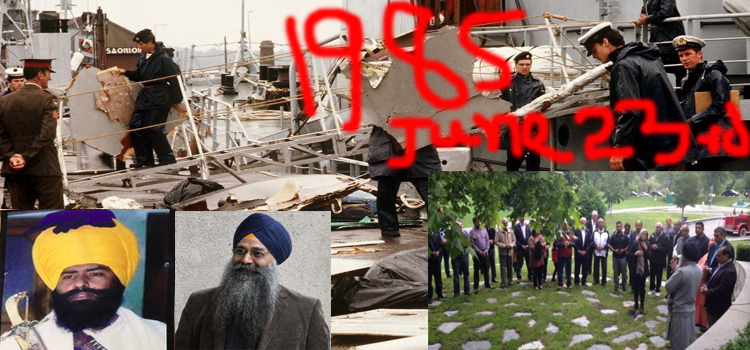
Westward Ho! – India, China and Khalistan
Wed, 23 Jun 2021 | Reading Time: 9 minutes

Westward Ho! – India, China and Khalistan
Terry Milewski
June 23rd marks the 36th anniversary of the 1985 Kanishka bombing, which took 329 lives aboard an Air India flight from Montreal to London. Each year, the victims’ families are forced to revisit the failure to prevent the bombing, even though the suspects were under surveillance for months beforehand. They were Canadian Sikh separatists, led by Talwinder Singh Parmar, who was killed in 1992 by police in Punjab. Today, Parmar is still revered as a martyr by diehard Khalistanis in Canada, long after their cause fizzled out in India. Could it still survive and prosper in a changing India? Canadian journalist Terry Milewski, author of “Blood for Blood,” a new book on the Khalistan movement, surveys the scene.
Tectonically speaking, India’s been pushing north for millions of years. Politically, though, it’s been moving west recently. That shift seems as irresistible as the movement of the continental plates, and it seems likely to accelerate. As China turns the Himalayas into a hot zone, India can’t stand still.
India’s tilt to the capitalist west seemed most unlikely in the heyday of the old Indo–Soviet romance, when I travelled through Afghanistan, Pakistan and northern India as a wide–eyed student in 1967. Back then, the Afghan Mujahedin, Pakistan and the United States were comrades in the battle with the Soviets. India, by contrast, was a friend to Moscow. Somehow, our group had finagled an invitation to meet Prime Minister Indira Gandhi in New Delhi, where I was supposed to “interview” her. That turned out to be too grand a word for me mumbling two or three irrelevant questions and her wisely ignoring them in favour of a series of unrelated speeches. These seemed intended to impress upon her visitors that east was east and west was west – that India stood apart from our wealthy, western world. She knew we were pampered students from Oxford – after all, she’d studied there herself – and she urged us to understand how wretched and how ungovernable India was.
“Pity poor India,” she told us – which we would surely have tweeted, to general dismay, had Twitter existed fifty years ago. So backward was her country, Mrs Gandhi insisted, that as a girl with her father, Prime Minister Jawaharlal Nehru, she once descended in a helicopter upon a village that had never even seen a car. “They thought I was a god,” she said of the stunned villagers. The gleam in her eye suggested she didn’t entirely dislike the idea. But she’d made her point. India wasn’t like Europe or the United States. It was desperately poor, non–aligned and didn’t see Moscow as a monster. India’s humiliating border war with Communist China in 1962, just five years earlier, was never mentioned.
Well, everyone mentions it now. Today, free–market economics has changed India while the challenge from China has endured, grown and lately been fortified by its embrace of India’s sworn enemy, Pakistan. Only a year ago, a high–altitude brawl with Chinese soldiers on the Himalayan border left twenty Indian soldiers dead and an unknown number of Chinese.
All of this came back to me as I researched a recent book on the Khalistan movement, whose loudest leader today, Gurpatwant Singh Pannun, seized upon that 2020 border clash in the Galwan River valley as an opportunity to shelter under the wing of a giant – China. We’re with you, Pannun declared on June 17th, 2020, in a letter to President Xi Jinping. Pannun wrote on the letterhead of Sikhs for Justice, the group he leads which is campaigning internationally for a referendum on Sikh sovereignty. But did Sikhs for Justice demand justice for the four Sikhs among the dead Indian soldiers? Certainly not.
“Your Excellency,” he told President Xi instead, “we are writing to condemn India’s violent aggression causing death of several soldiers of China at the Ladakh border. We empathize with people of China as we are a people whose land and resources are under Indian occupation and who have faced genocide at the hands of Indian state since 1947.”
The letter was a startling contrast with the line taken by the elected leader of India’s only state with a Sikh majority, Punjab, where Chief Minister Capt. Amarinder Singh issued dire warnings about China’s designs on India. “They don’t give a damn about human life,” he said of the Chinese leadership. He added, “They call us the Southern Tibet area.”[1]
Capt. Amarinder, of course, was elected with the votes of millions of Sikhs. Gurpatwant Pannun cannot say the same, but seems unembarrassed by this; indeed, his follow-up campaign was just as astonishing as his letter to President Xi. There was still no sign of respect for the Sikhs who gave their lives for India. Rather, there were internet posters suggesting they were fools to do so. In fact, the posters said, Sikh soldiers at the border should mutiny or desert.
As outlandish as it may seem, the appeal to China was not out of the ordinary for Pannun, who has also written to Prime Minister Imran Khan of Pakistan, India’s arch-enemy, pledging that all Khalistani Sikhs would rally to Pakistan’s side against any Indian attack. Pannun actually has no forces of any consequence to offer, but it’s the thought that counts. Plus, the feeling is mutual – to the point that, after five decades of providing a safe haven for Khalistani militants, Pakistan continues to promote a “K–2” alliance of Kashmiri and Khalistani fighters to prise all of Jammu, Kashmir and Punjab from India’s grip.
Such an alliance, according to the Punjab police, is not merely a theory but is seen in practice, as starkly demonstrated in the death of the Khalistani “shaheed” Talwinder Singh Parmar, leader of the Kanishka bomb plot which killed all 329 aboard Air India Flight 182 near the coast of Ireland on June 23rd, 1985. A second bomb, destined for another Air India flight, blew up one hour earlier at Narita Airport in Japan, killing two baggage handlers. Both bombs were in suitcases checked in at Vancouver, on Canada’s west coast, by Parmar’s terrorist group, the Babbar Khalsa.
Parmar’s demise came when he and a party of gunmen opened fire on a police roadblock in the Punjabi village of Kang Araian on October 15th, 1992. It was quickly labelled a “fake encounter” by Parmar’s admirers, although it lacked the characteristics of other cases where unidentified bodies were quietly cremated at night without ceremonies, autopsies or witnesses. In Parmar’s case, a gun battle was seen and heard by numerous villagers in broad daylight and the bodies were all publicly identified. Last rites were performed, pictures were taken and 25 witnesses gave testimony to a public inquiry, including Parmar’s mother, who confirmed his identity, a doctor who performed post–mortems and comrades of the dead who knew them in Pakistan.
As I discovered in the records of that inquiry. Parmar’s movements had been betrayed by an informer and he was simply outnumbered and outgunned by police who were ready for him. He died alongside five other heavily-armed men, two of whom turned out to be Muslim jihadists – an Indian from Kashmir with a fake Pakistani passport, and a real Pakistani from Lahore with a stack of US hundred-dollar bills. Both men were working for Pakistan’s intelligence service, the ISI, which claimed they were “innocent tourists.” The fact that their group carried a rocket launcher, grenades, a machine gun, AK-47s and the pile of cash did little to suggest that they had come to see the sights of Kang Araian.
In truth, Parmar had been running guns from Pakistan into India for three years before he met his end, which proved to be a watershed of sorts. The Khalistani side of the vaunted “K–2” alliance began to fizzle out. Nearly three decades later, Sikh voters in Punjab have repeatedly turned their backs on the separatists and only a small hardcore keeps the dream alive in the diaspora. 75% of Sikhs still live in Punjab where, in the last statewide elections in 2017, the near-total absence of support for separatist candidates was again cruelly exposed. They won no seats at all and barely scored one-third of one per cent of the votes cast. Even “None Of The Above” did better than that.
So, they’re finished, right? Maybe. But there’s a catch – two, in fact. The first is the fiery determination of the Khalistani diehards overseas, nurtured by the eagerness of western politicians to indulge them in return for votes – Canada being the prime example. The second catch is that a lack of democratic legitimacy never bothered the separatists before and doesn’t now. They never relied on popular support among Indian Sikhs and nobody elected the Khalistan Liberation Force or the Babbar Khalsa. Rather, they simply claimed to speak for all Sikhs without even trying to prove it, sustained by money from the diaspora and a refuge in Pakistan – whose leadership thought it was in their own strategic interest to “bleed India.”
Might China see a similar interest for itself? The question becomes less theoretical when we consider whether Indian support for a separate Taiwan could be a tempting pretext for retaliatory Chinese support for a separate Khalistan. In fact, in the wake of the Himalayan border fighting, China has already fired the first shots on that new front with an October 18th, 2020 article in the state-run Global Times, the English-language outlet of the Chinese Communist Party’s People’s Daily. Although Khalistan was never mentioned, the article sent this warning:
“The Taiwan question is not a card that India can exploit as a bargaining chip toward China over the border issue. India’s recognition of the one-China principle and commitment not to support “Taiwan independence” forces have been reciprocated by China’s promise not to support the separatist forces in India. Taiwan secessionist forces and Indian separatists are in the same category. If India plays the Taiwan card, it should be aware that China can also play the Indian separatist card.“[2]
None of this suggests some red tide of Chinese troops surging out of the Himalayas in lockstep with the Khalistan Liberation Force. But a more subtle, deniable Chinese maneuver seems no more absurd than some related absurdities which turn out to be quite real. Who would have predicted that the Islamic Republic of Pakistan would now be kowtowing to the Chinese Communist Party while the same CCP locks up a million Muslim Uyghurs in concentration camps? Nor is it more absurd than the spectacle of Khalistani leaders pledging the Sikhs’ allegiance to Pakistan while Pakistani Muslims kidnap Sikh girls, force them to convert to Islam and attack Sikh gurdwaras. To see the Sikh population of Pakistan, sink towards zero, you’d think Partition was still not over. The absurd, in short, keeps happening.
Besides that, Chinese troops would hardly need a few Khalistani remnants to ride into battle with them. They’d merely need to covertly shelter and exploit them, just as the Pakistanis have done for fifty years since their defeat in the 1971 war with India. Meanwhile, each fresh billion invested by China in Pakistani roads, pipelines and ports binds Pakistan more tightly to China’s agenda. It’s not hard to imagine a strategist in Beijing thinking, well, if some washed–up Khalistanis want to be useful to us, why not let them?
Beijing, though, hardly has a monopoly on realpolitik. As China has grown more belligerent, India’s leaders have refurbished relations with the west and with the United States in particular. In turn, Washington has cut back its Soviet-era support for Pakistan and signed a series of defence and intelligence–sharing agreements with New Delhi. India, meanwhile, is certainly no Chinese client state – as Pakistan is rapidly becoming – but a glance at the trade balance suggests that India, too, must tread carefully around a much more powerful neighbour which is also, by a wide margin, its largest trading partner. In the year ending March 2021, Indians bought US$65 billion in Chinese imports, but sold to China only US$21 billion in exports.[3] India needs what China offers. Popular anger in India about the border clashes, appeals to toss out Chinese goods and deleting Chinese apps on Indians’ phones hasn’t fundamentally changed the equation. Most of the phones are still made in China.
None of that means that India’s westward creep will not continue and pick up speed. Capt. Amarinder Singh’s warning that China sees India as “Southern Tibet” cannot be dismissed as paranoia. In fact, it reflects a respectable history of Indian suspicion about China’s intentions. Only three years after India’s Independence, after all, the revered Indian nationalist, philosopher and poet Sri Aurobindo responded angrily to Mao Zedong’s invasion of Tibet. It’s intriguing to look back at what he said in his newspaper, Mother India, on November 11, 1950, Aurobindo urged the government as follows:
“…take a firm line with China, denounce openly her nefarious intentions, stand without reservations by the USA and make every possible arrangement consonant with our self–respect to facilitate an American intervention in our favour, and, what is still of greater moment, an American prevention of Mao’s evil design in India. Militarily, China is almost ten times as strong as we are, but India as the spearhead of an American defence of democracy can easily halt Mao’s mechanised millions. And the hour is upon us of constituting ourselves such a spearhead and saving not only our own dear country, but also South–East Asia whose bulwark we are. We must burn it into our minds that the primary motive of Mao’s attack on Tibet is to threaten India as soon as possible.“[4]
Seven decades later, nothing so crude as an invasion has arrived. Instead, it’s the death of a thousand cuts. Inch by inch in the frigid mountain heights, China is building roads, housing and bunkers on what India considers its territory.
Thus, as the tectonic plates keep on grinding against each other, so do the giants living on top of them – India and China. This chapter is just beginning.
*************
Disclaimer: The opinions expressed within this article are the personal opinions of the author. Chanakyaforum.com is not responsible for the accuracy, completeness, suitability, or validity of any information on this article. All information is provided on an as-is basis. The information, facts or opinions appearing in the article do not reflect the views of chanakyaforum.com and it does not assume any responsibility or liability for the same.
Author

Terry Milewski is the author of “Blood for Blood: Fifty Years of the Global Khalistan Project,” published this year by Harper Collins India. He is a retired Senior Correspondent for the Canadian Broadcasting Corporation who has reported from fifty-two countries and is a frequent visitor to India.
[1] https://www.youtube.com/watch?v=pTETBy8Qbto
[2] https://www.globaltimes.cn/content/1203786.shtml
[3] https://tradestat.commerce.gov.in/ftpa/cnt.asp and https://tradestat.commerce.gov.in/ftpa/cnt.asp
[4] Sudhir Ghosh, “Gandhi’s Emissary,” New Delhi: Routledge 2008, pp.277–78, first published 1967 in USA by Houghton Mifflin + Sachidananda Mohanty, “Sri Aurobindo: A Contemporary Reader”, Routledge 2008; rpt.2016, pp.221–222
Disclaimer
The opinions expressed in this article are the author’s own and do not reflect the views of Chanakya Forum. All information provided in this article including timeliness, completeness, accuracy, suitability or validity of information referenced therein, is the sole responsibility of the author. www.chanakyaforum.com does not assume any responsibility for the same.
Chanakya Forum is now on . Click here to join our channel (@ChanakyaForum) and stay updated with the latest headlines and articles.
Important
We work round the clock to bring you the finest articles and updates from around the world. There is a team that works tirelessly to ensure that you have a seamless reading experience. But all this costs money. Please support us so that we keep doing what we do best. Happy Reading
Support Us










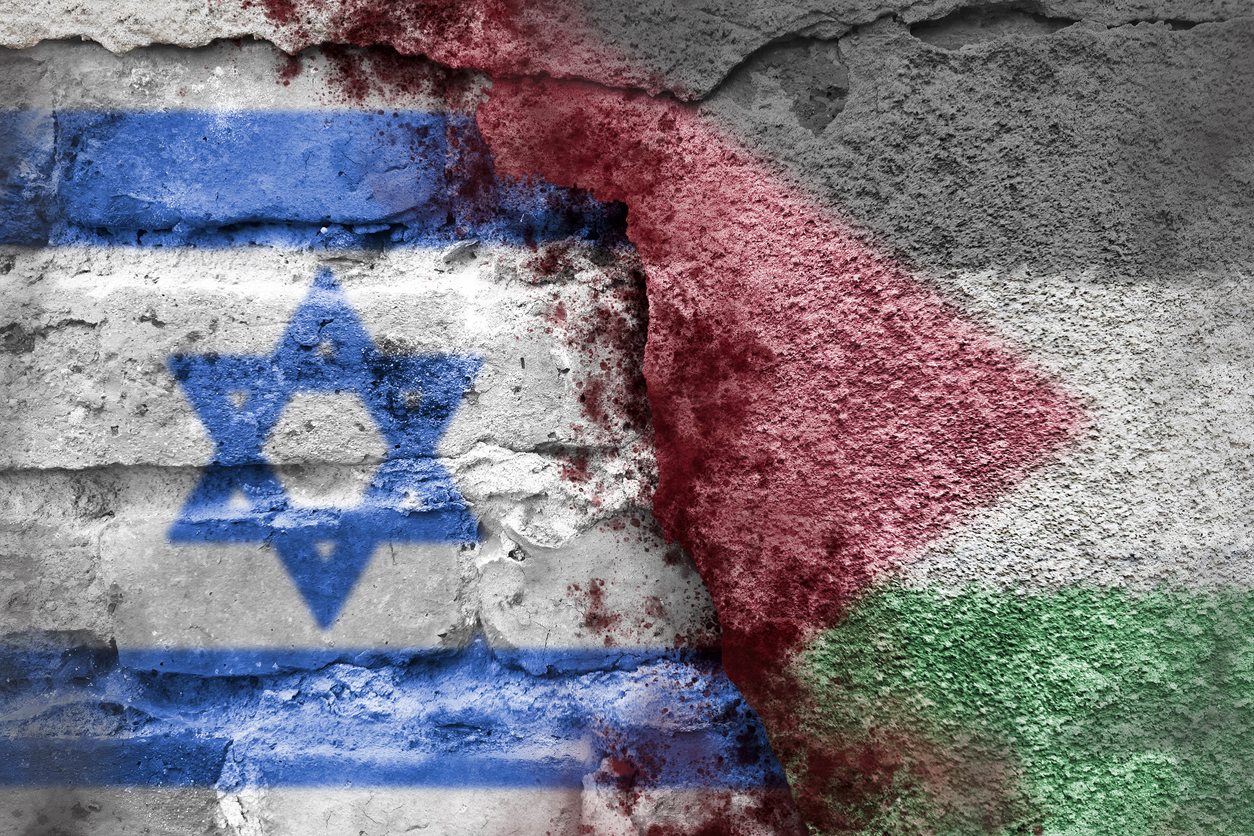
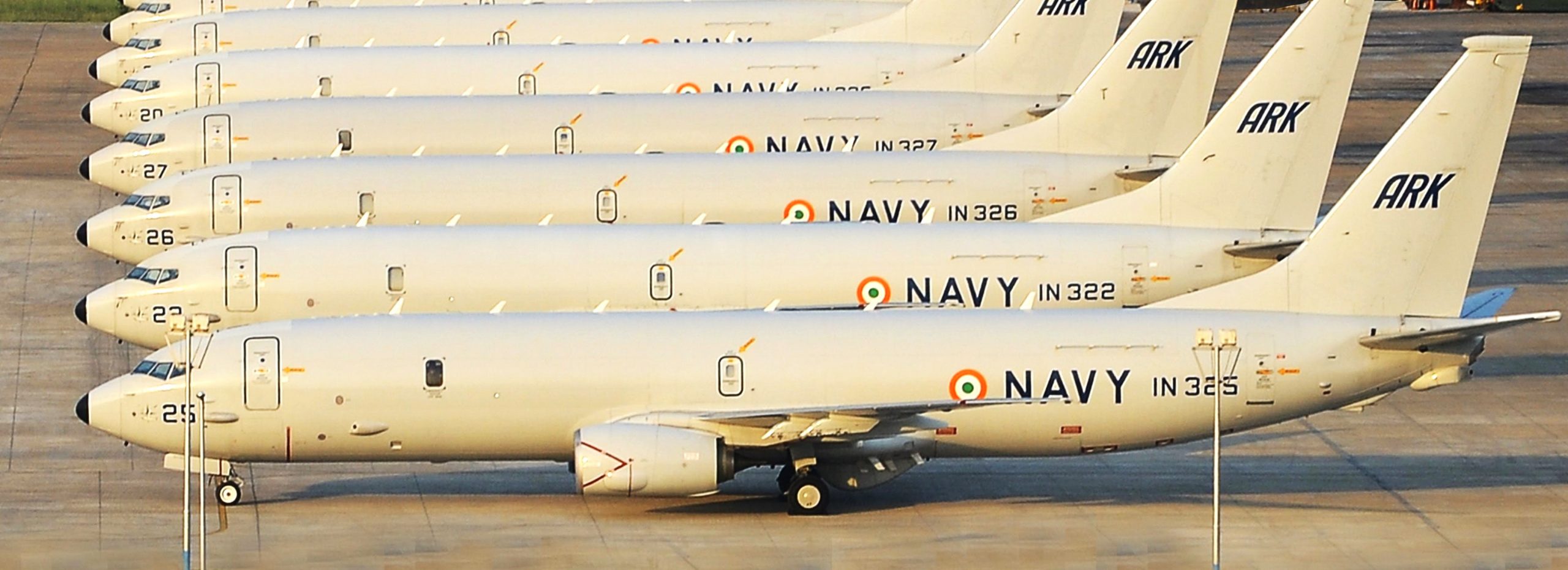
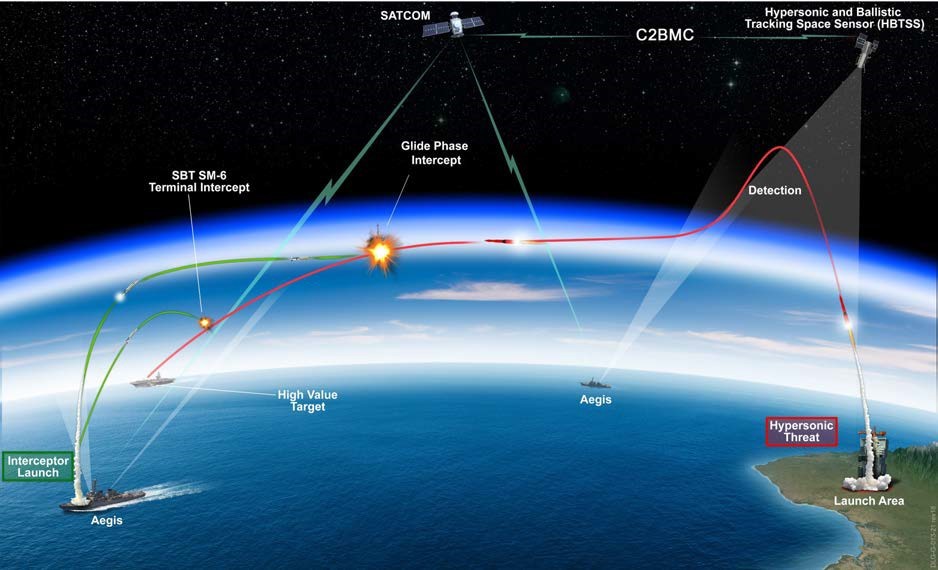
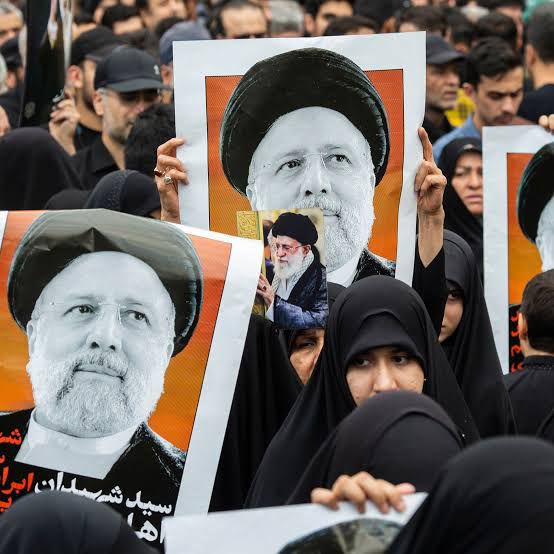






POST COMMENTS (7)
manju
Shikha Daniel
sandeep thakur
sk
VIVEK TIGGA
Akash Singh
Ankit shishodia